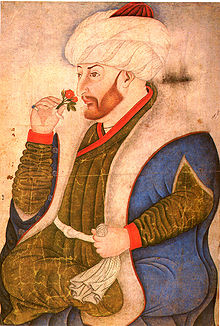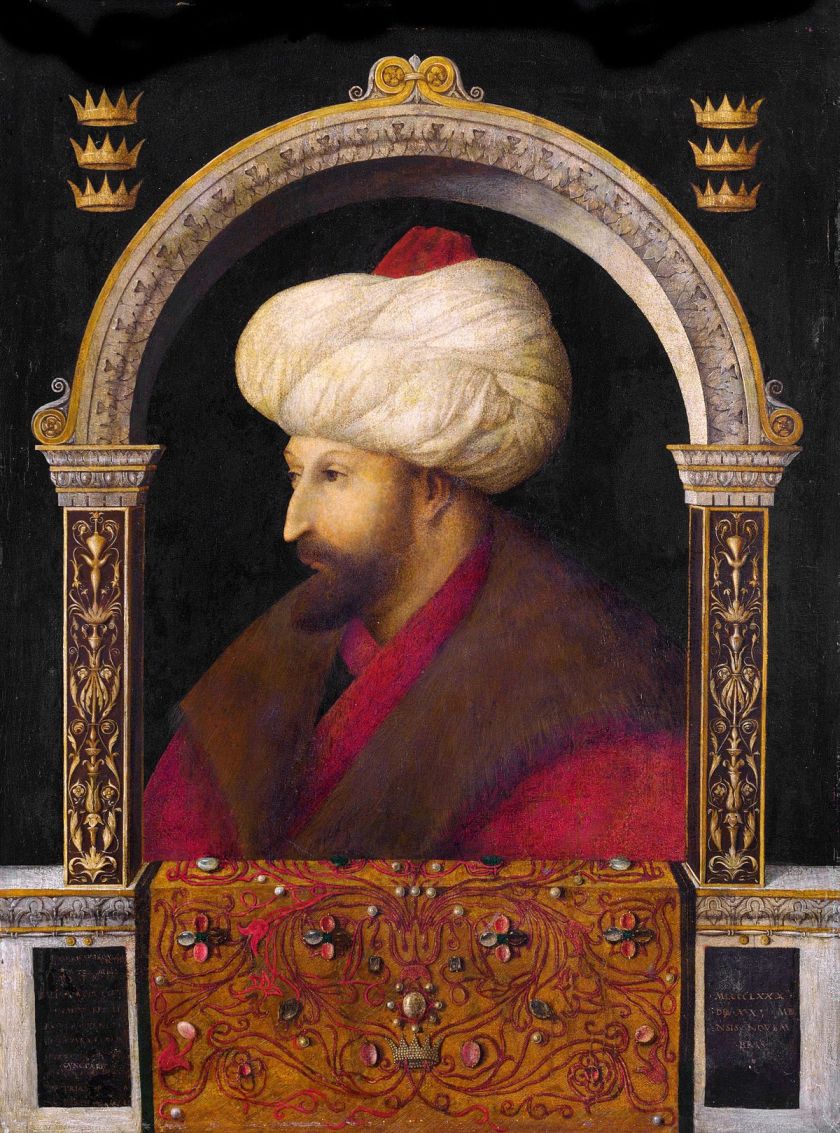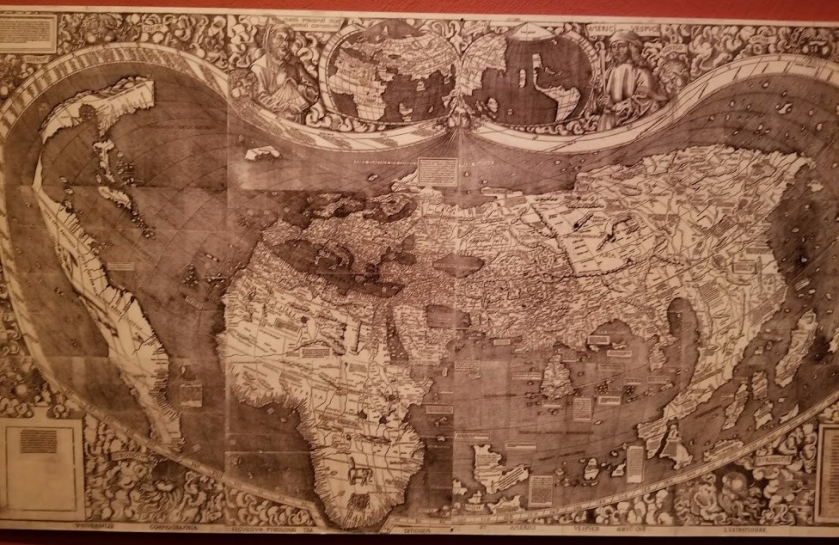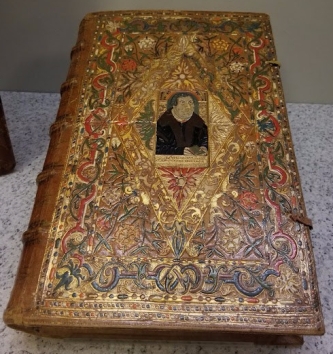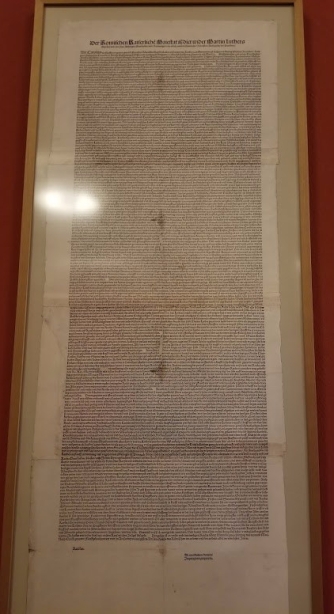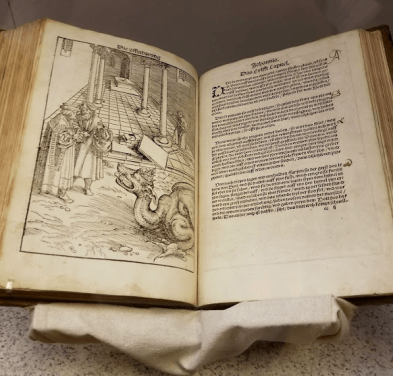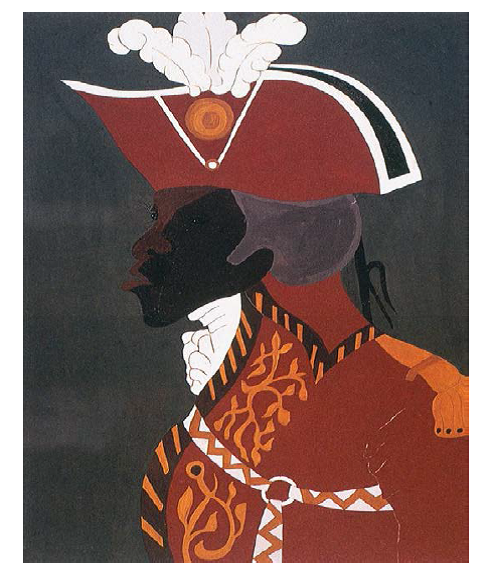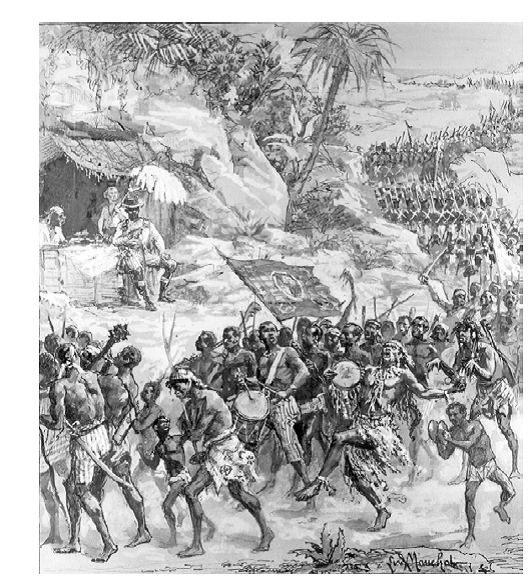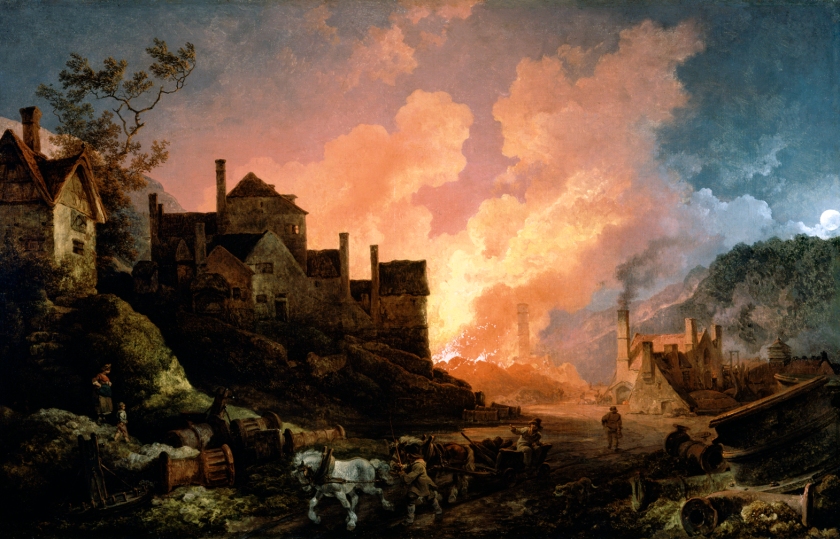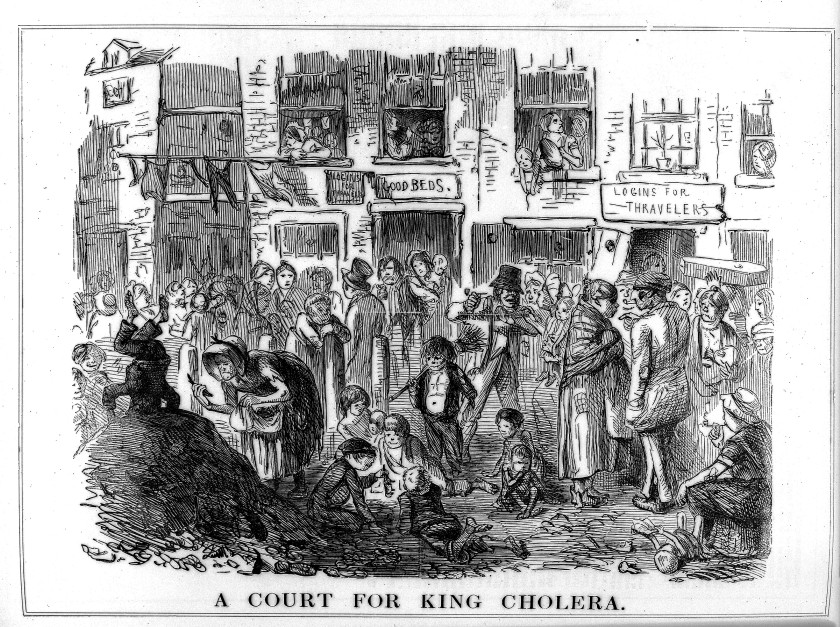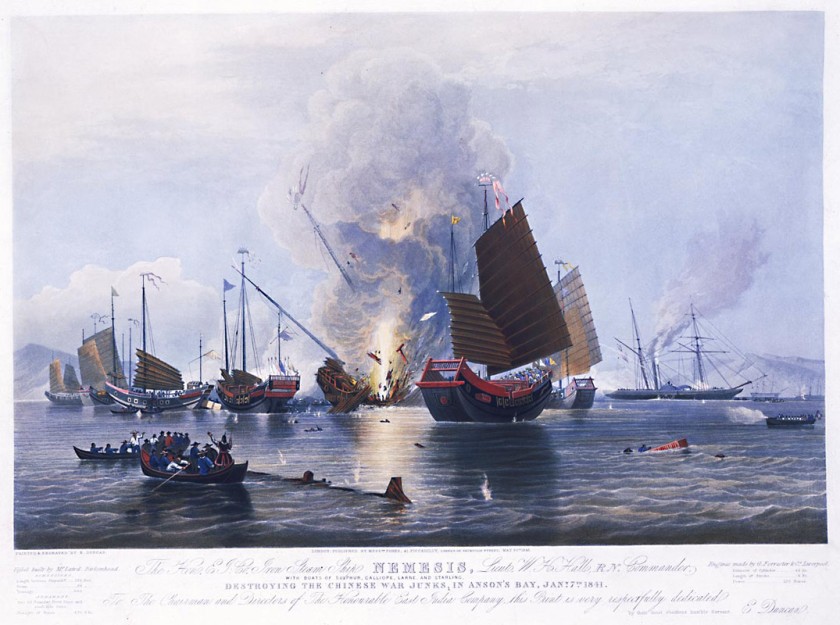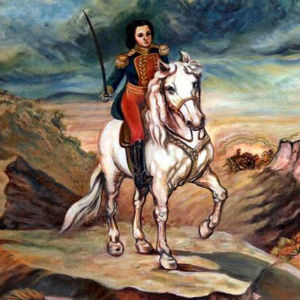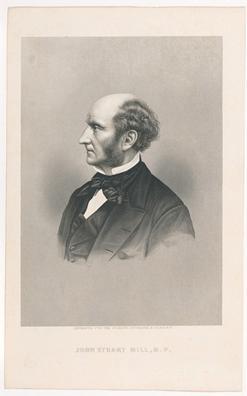Make creative, thorough, and wide-ranging comments about 5 of these IDs:
William McNeill
Immanuel Wallerstein
Martin Luther – significance of his thought for the post 1500s world (498, 506, 511)
Role of Ideology / Missionizing Religions
Line of Tordesillas
Spanish Manila Galleon Trade (514-515, 521)
Russian-Chinese Fur Trade (494, 530, 548, 559-560)
Silver Sink (526, 529)
British East India Company (530, 579-583)
Sea Otter Pelt Trade along the Eastern Pacific
The Drug Foods
Short Essay Questions:
Name one monarch that reigned between 1500 and 1700. Describe how this figure represented the elements of empire during this time: increased centralization, territorial expansion, growth of a military and civil bureaucracy involving tax collection and spending much of those taxes on state armies, ideological coherence even while ruling over multiethnic and multilingual populations, etc.
Why are the 1500s considered a major turning point in world history?
What is Jared Diamond’s main argument? What do you consider its strengths? What do you consider its weaknesses?
Why did Europeans seek a pathway to Asia?
